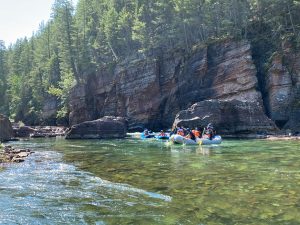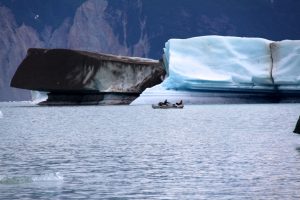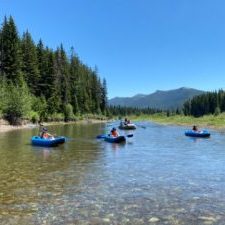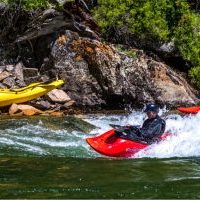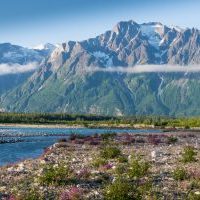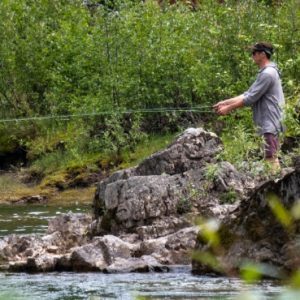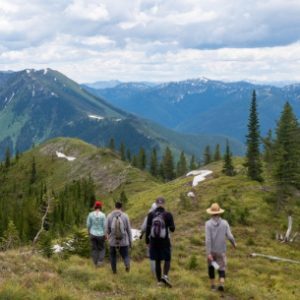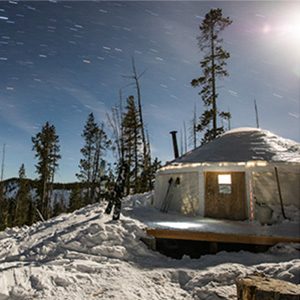Submit A Trip Review
Thank you for sharing your thoughts about Wilderness River Outfitters! We value you comments and reviews. Please do not include pricing or personal information, or any profane, inflammatory or copyrighted comments. Selected reviews will appear on our site within 3 – 4 days.
